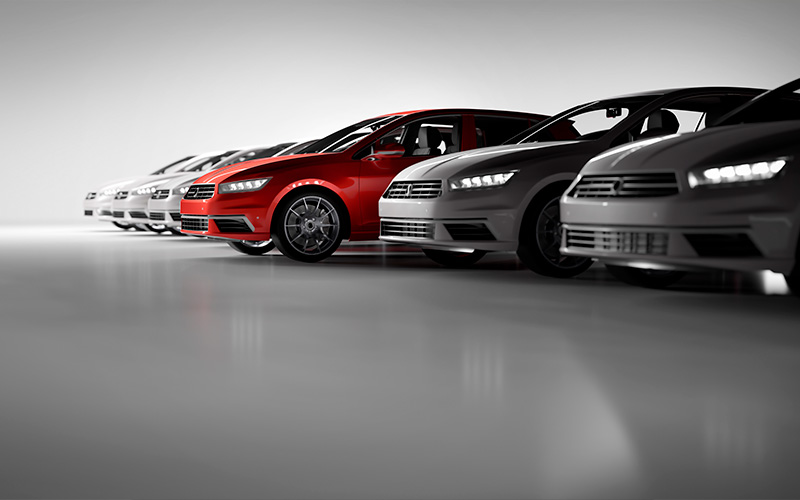
Trends come and go, but in an industry such as automotive, where research and development programs are very extensive and can take many years before they reach the customer that is purchasing a new vehicle, they usually come to stay for a while.
Deloitte, in its latest Global Automotive Consumer Study, published for 2022, highlights some topics that were already present in previous researches.
A majority of consumers in most global markets are not disposed to pay higher prices to get advanced features in their new cars: they have been trained to expect that new technologies are present and their costs are sustained by automakers, as a spend needed to differentiate themselves from their competitors.
An interesting insight of the study, though, focusing on advanced technologies such as vehicles connectivity, highlights how some consumers are willing to share some of their personal data with the manufacturer or a third party in exchange for less congested and safer routes, and vehicle health reporting, connected to lower maintenance costs. Many participants to the survey demonstrated interest in a connected vehicle if it provides benefits related to updates regarding traffic congestion and suggested alternate routes, safer routes (i.e., to avoid unpaved roads), updates to improve road safety and prevent potential collisions, customized or optimized vehicle insurance plan, maintenance updates and vehicle health reporting, maintenance cost forecasts based on the driver’s habits, customized suggestions regarding ways to minimize service expenses and over-the-air vehicle software updates.
At the same time, consumer interest in electrified vehicles (EVs) is still strong, and centred on the perception of lower fuel costs, environmental consciousness, and a better driving experience. However, driving range and lack of available, diffused charging infrastructure remain perceived as barriers to adoption, and the potential increases in the price of electricity may sway a significant number of consumers away from a PHEV/BEV purchase in most global markets. Generally, in terms of autonomy range, expectations differ significantly: US consumers expect fully charged BEV driving range to be north of 500 miles, while those in China, Japan, and India are content with a range of around 250 miles.
In terms of geographical distribution, consumer interest in Battery electric vehicles (BEVs) is highest in South Korea, China, and Germany while Japanese consumers prefer Hybrid electric vehicles. Internal Combustion Engines still dominate future intentions in the United States. Most people in Japan, India, and the US plan to charge their PHEV/BEVs at home, while demand for public charging is high in South Korea and the Southeast Asia region. Among those who plan to charge their vehicles at home, consumers in India, China, and the SEA region plan to use both regular grid and renewable power. For those who are not planning to charge a PHEV/BEV at home, the reason lies in technical limitations that prevent the installation of a charger, or in its cost.
Another trend worth mentioning is that albeit we just passed the two-years mark of the Covid-19 pandemic, most consumers still prefer to purchase a vehicle in person at an authorized dealership. However, a perception of increased convenience and ease of use will likely support, at least for young customers, continued growth of virtual purchase processes, if paired with adequate investments by the OEMs in this domain.



